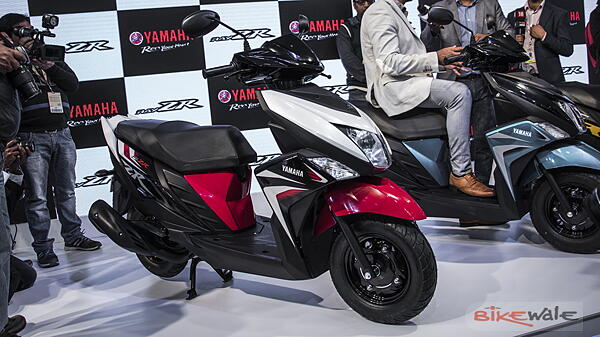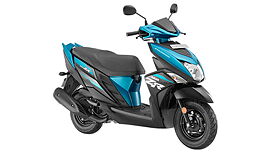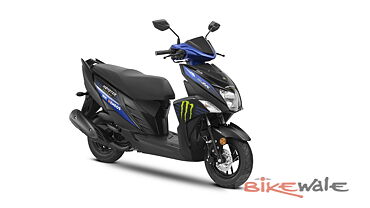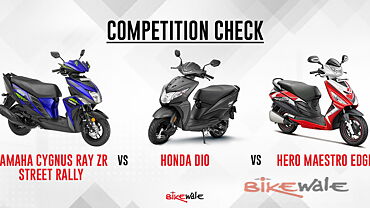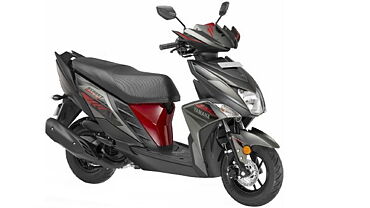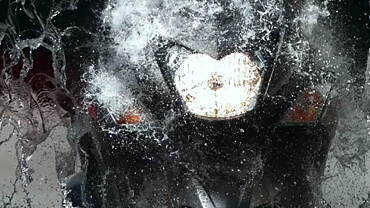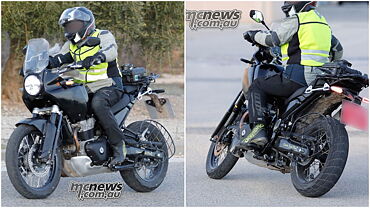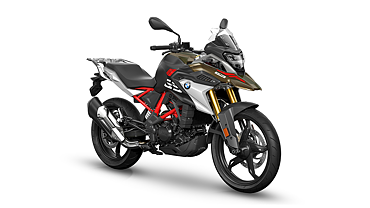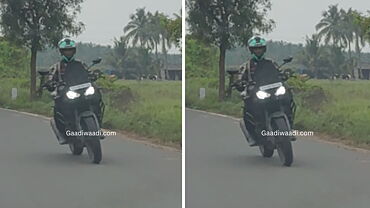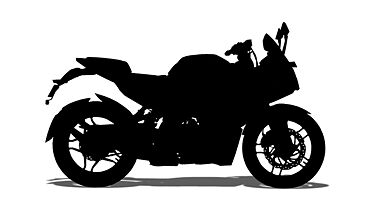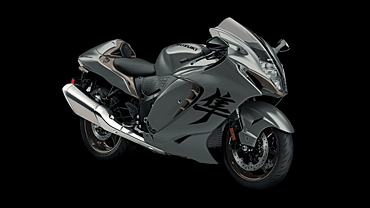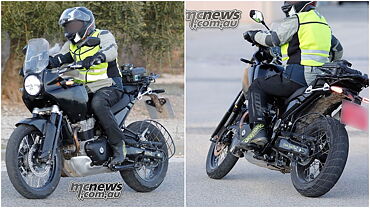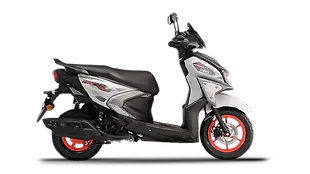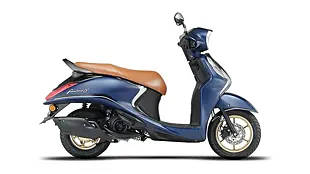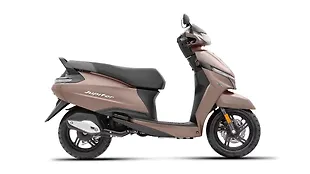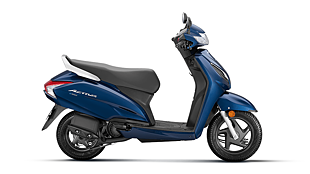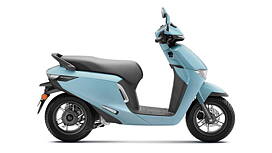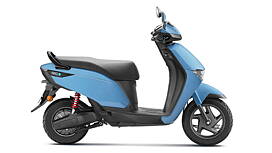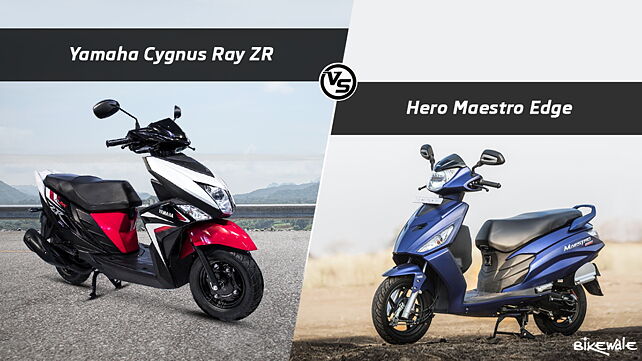
Introduction:
Yamaha unveiled the Cygnus Ray ZR earlier this year at the Auto Expo, as a successor to its popular 110cc scooter – the Ray Z. Despite having a very specific target audience, the Ray Z enjoyed a fair bit of success thanks to its distinctive styling. With the new Ray ZR, Yamaha will attempt to replicate this success story, though it now faces a threat from unlikely quarters.
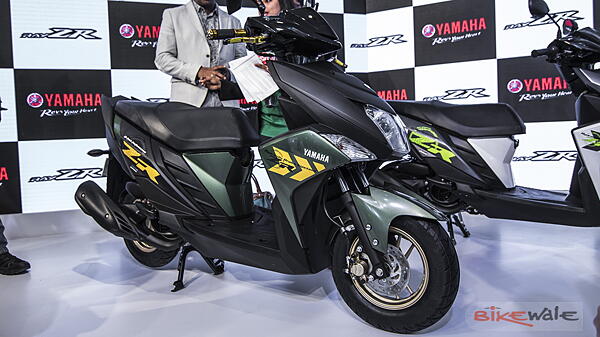
There has been a major adjustment in this market space since the launch of the Hero Maestro Edge. This feature-loaded offering is the most premium scooter in Hero’s line-up and if the sales charts are anything to go by, has turned out to be quite a hit among the Indian masses. So how will the Yamaha Ray ZR stack up against the Hero Maestro Edge? We decided to put them together for a spec comparison.
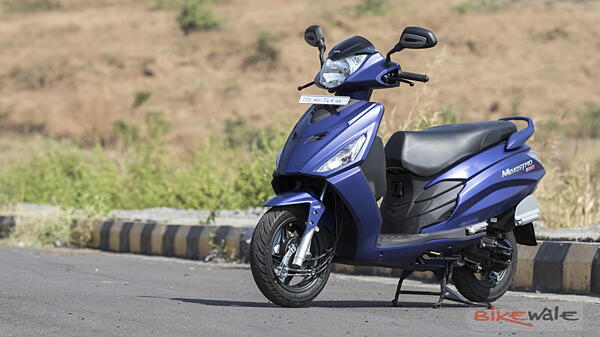
Design and Engine:
The Yamaha Ray ZR features the same aggressive lines which made the current model so popular among youngsters, though the body panels have now been revised to give it a new identity. The front gets a new fascia with a redesigned headlamp and apron. The side profile also features revised lines. The Ray ZR also gets a host of flashy paint schemes and loud decals to complement the sharper body lines.
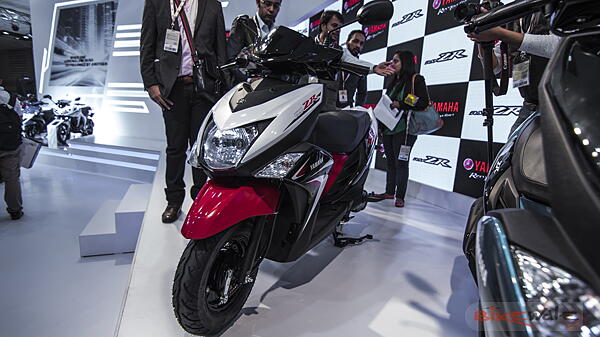
The Maestro Edge, being one of Hero MotoCorp’s first indigenously developed products, has been given a major styling revamp. The Maestro Edge ditches its predecessor’s curves to adopt sharper lines, which do an excellent job of hiding the scooter’s bulk. The rear also gets a very distinctive look thanks to the LED tail lamp unit and the large silver-finished single-piece grab handle. The silencer juts out from below the scooter and gets an elegant titanium finish for the cover.
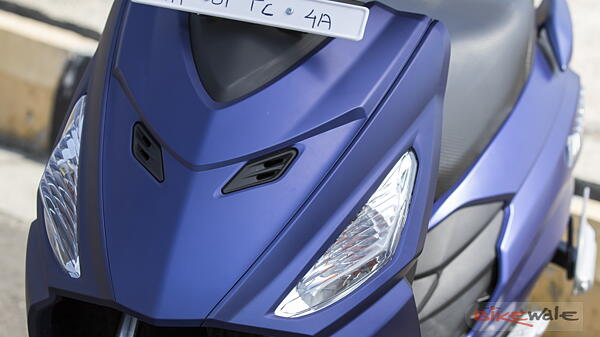
Under the skin, the Ray ZR retains the same 113cc air-cooled powertrain from its predecessor. Churning out 7bhp and 8Nm of torque through a CVT transmission, this engine comes with Yamaha’s proprietary BlueCore technology. The Maestro Edge on the other hand, employs a completely new powertrain jointly developed with Austrian automotive firm, AVL. Displacing 111cc, the single-cylinder air-cooled engine develops 8.3bhp and 8.3Nm of torque. While the Maestro Edge does get an advantage in terms of outright power, it is eight kilograms heavier than Ray ZR.
Features and Cycle Parts:
The Hero Maestro Edge gets a completely new design with an integrated digital display. The high quality switch gear has been finished in black and stands out thanks to the silver panel behind it. It comes with utilitarian features like USB charging, under seat storage lamp and an engine immobiliser. For practicality purposes, it gets a front luggage hook and a lockable storage box. While the Yamaha Ray ZR might earn brownie points in terms of looks and styling, it does fall behind the Maestro Edge when it comes to creature comforts. Apart from the completely redesigned instrument cluster, there isn’t much to talk about.
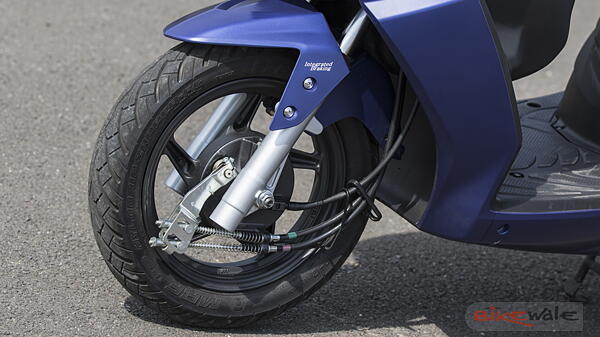
When it comes to suspension, both the Ray ZR and Maestro Edge ride on telescopic front forks and a swingarm linked monoshock. While both the scooters get a 10-inch wheel at the rear, the Maestro Edge benefits from a 12-inch front wheel as compared to the Ray ZR’s 10-incher. Both scooters come equipped with tubeless tyres.
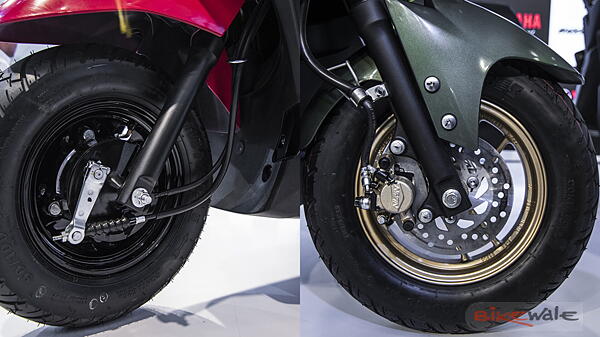
For the first time, Yamaha will give customers the option to specify a scooter with alloy wheels and a front disc brake, though these will come at an additional premium. While the Maestro Edge doesn’t get a disc brake even as an optional extra, it does come with an integrated braking system.
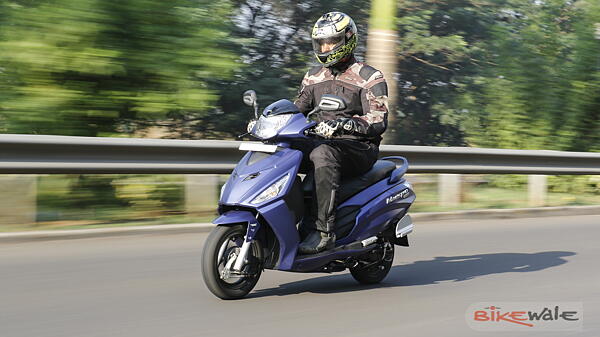
Price:
The Maestro Edge comes in seven paint options and two variants – the LX and VX, with the latter being the top-end model. The base variant is priced at Rs 49,500 while the VX, which is offered with alloy wheels and a few other features retails at Rs 50,700 (both ex-showroom, Delhi). While Yamaha is yet to launch the Ray ZR, we can safely expect it to be priced Rs 2,000 over the current model, which makes it marginally expensive than the Maestro Edge.
